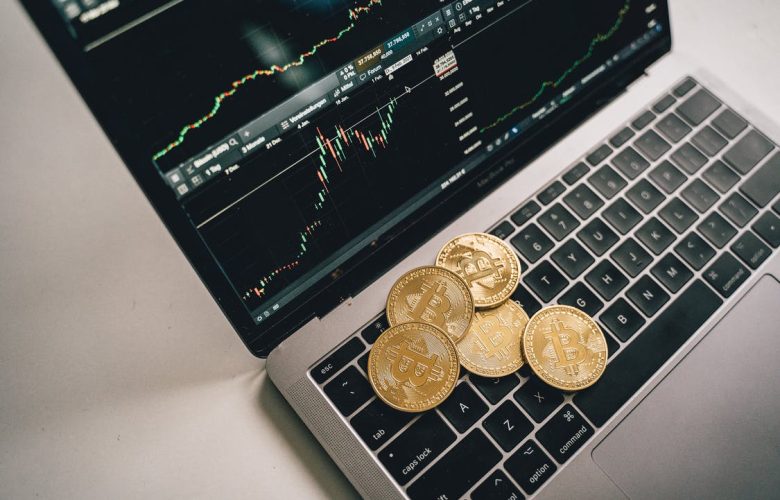Cryptocurrency investors, traders, and other supporters have a strong and understandable preference for this new form of money. As opposed to traditional, or fiat money, crypto cheerleaders tout a long list of advantages over the original paper currency.
But, to be fair, there are two sides to every story. Bitcoin and other leading cryptos certainly have their unique benefits, but the same can be said for traditional currencies, like the US dollar, Japan’s yen, and dozens of others. The best way to get an idea of how the two systems stack up against each other is to review their essential characteristics, note the similarities, and look at the pros and cons of each one.
Essential Differences
Crypto is not regulated by any government or legislative body, unlike its traditional counterpart. Additionally, the newer kind of money tends to be much more price volatile, with daily swings in value that can be significant. Fiat’s stability is one of its main points of differentiation. For old-fashioned cash, you’ll need an intermediary, like a bank, to verify any transactions you make. However, the blockchain serves as a single point of verification for all transactions. Another important difference, at least for now, is that fiat money is generally accepted everywhere.
Even if you visit another country, it’s easy enough to exchange to the local currency at any bank. Cryptocurrency is not universally accepted, but users do not need to exchange any of it when they cross national borders. That’s because, in the places where it is accepted, all the verification of transactions is done on a single, decentralized blockchain. Bitcoin in Europe is worth exactly the same as it is in the US, India, and elsewhere.
Similarities
It’s possible that a detailed list of similarities might contain more points than a corresponding tally of differences. For people who do bitcoin trading, the regular use of both forms of currency highlights the many features they have in common. Keep in mind that traders use fiat cash to purchase assets like bitcoin, tether, solana, dogecoin, and many others. Both types of assets, digital or traditional, are money, and both serve as a way to make consumer purchases on thousands of retail websites and at in-person stores. Likewise, both crypto and traditional cash can be stored in digital or more secure, hardened banking establishments. For centuries, people have kept money in their homes, and the situation is not much different for cryptocurrency enthusiasts who hold their digital, intangible assets in a cold wallet hidden away in the cupboard or inside a mattress.
Pros and Cons
With fiat, it’s extremely convenient, but you do have to exchange it into local currency if you move across borders. While subject to inflation and devaluation, traditional, nation-based currencies tend to be relatively stable in worth. They are also storable, can be carried anywhere, and are universally accepted by merchants, governments, and individuals. With cryptocurrency, units of money like bitcoin and similar crypto are not controlled by a national government, tend to be immune to inflationary pressures, include privacy features, and have worldwide applications with retailers who accept them. The major downsides include non-universal acceptance and price volatility.

